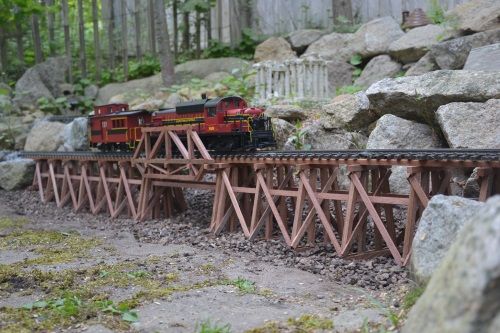My 10-year old 14’ curved trestle is on its last bents. I’m surprised that it lasted this long given my poor construction, racoons, and landscapers. I have searched out this forum for most of the pitfalls of trestle building. The plan is to double the number of bents and have them float/rest on top of concrete piers raised about 2-3 inches above grade, and brace them together them together. Should end up a free-standing structure. We live in the upper Sacramento Valley. No snow or frost heave, lots and lots of sunshine, been in the 100’s last two weeks. Where my over-engineering is wavering is the kind and quality of the wood.
Do I opt for dry Western Red Cedar out of Washington $$$ or fence boards from HD/Lowes?
Wood from the box stores is dripping wet. How much trouble will happen when it dries/moves?
What is preferred, Redwood or Cedar, or another wood?
Bill Gebhardt


